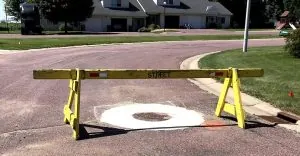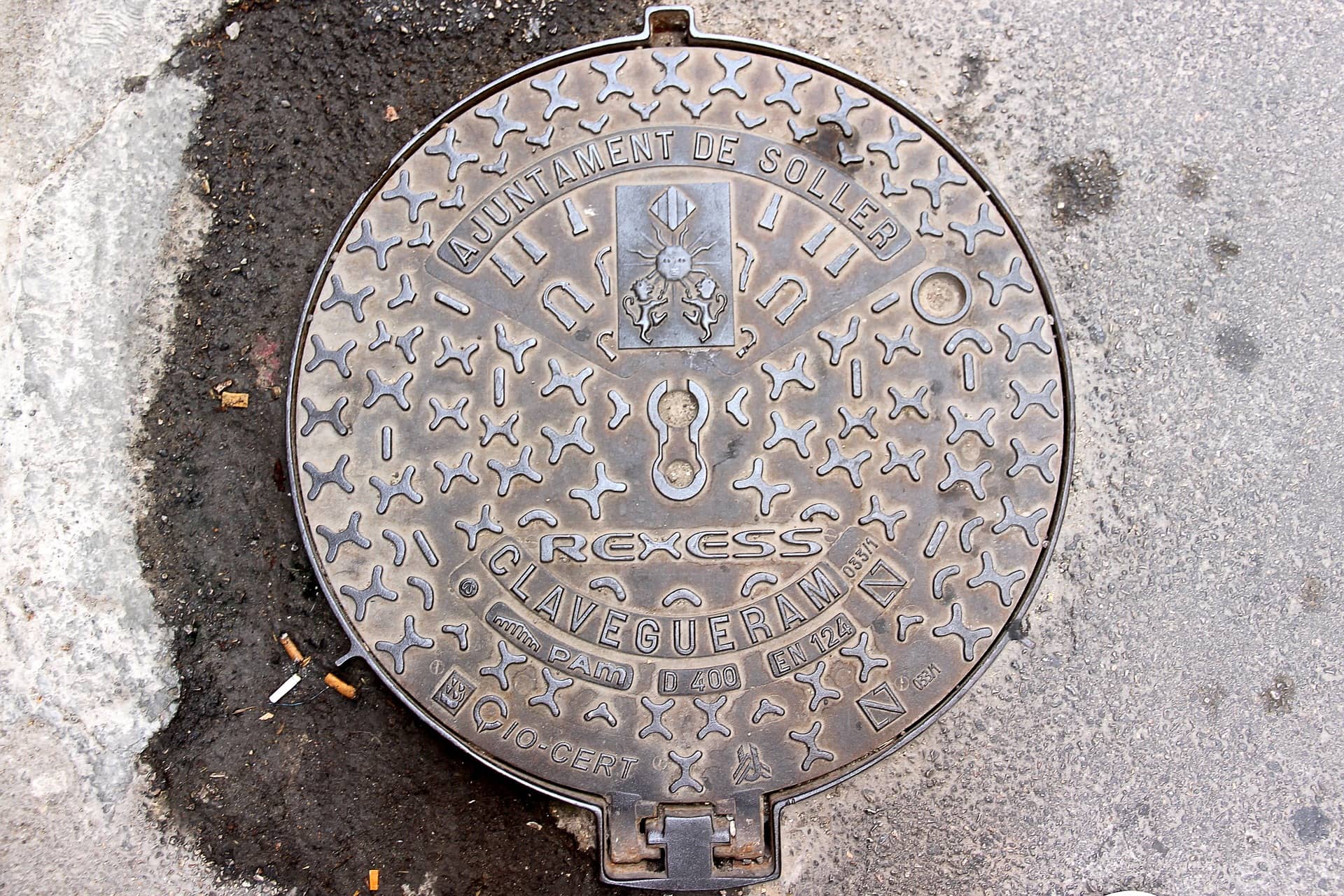

Damaged manhole covers can be a serious safety hazard for motorists, cyclists, and even pedestrians. This damage can be a result of erosion, a re-paving, or age. One, two or all of these factors can take a toll on the road and cause cracks, dips, potholes, or upheavals in the area surrounding the manhole. If you are tasked with replacing or adjusting the manhole cover you know the importance of using the correct tool to get the job done quickly and correctly.
Sometimes we know what tools we need to use, and other times we need to investigate and consider all options to find the best tool for the job. We will explore the tools and technologies available.
When cutting around a manhole frame for removal, a full vertical penetration of the surrounding pavement is extremely important. Frost and pavement creep will raise the repair if not done properly, which means you will be repairing or replacing the manhole much sooner than you would like.
With traditional tools, it can take as long as a few days to install a manhole and restore the surface surrounding it. The last 10 years have given rise to new tools such as blade and drum cutters that require less time and greatly simplify the process. Let’s review the tools available starting with the oldest technology first.
The saw prepares the material surrounding the manhole for removal. The crew makes a square cut with a 30” in diameter blade and water is required to cool the blade. Large overcuts are left at each corner of the square that surrounds the manhole frame. Once the pavement has been cut workers will remove the material using an air hammer.
This is the most common tool used in the removal of the area surrounding a manhole. Statistically, it also has the highest injury rate for those using it when compared to other methods. It’s nearly impossible to make a smooth cut with an air hammer. This method is very time consuming which also means traffic will need to be controlled and diverted for a longer period of time, and that increases the danger to the work crew.
A blade cutter creates a perfect, round cut and works in asphalt and concrete. It’s replaceable carbide teeth do not require water for cooling. The blade cutter allows for a variable cutting diameter while removing the frame along with the surrounding road. The speed of the removal means that traffic will not be disrupted for nearly as long and there is less physical labor involved which also provides a safer work environment for the crew.
Drum cutters function similarly to blade cutters, except that drum replacement is needed for multiple cutting diameters. The majority of drum cutters will not remove the frame and surrounding material of the manhole and have a limited cutting depth. There is no centering device which means it can move around some as it cuts. The drum cutter is heavy and requires a large machine and a lot of horsepower to operate. As with the blade cutter, teeth are replaceable on the job site for ease of use. The amount of labor is also greatly reduced and that reduces traffic disruption and increases crew safety.
The easiest and best way to repair a manhole is a drum or blade cutter as they offer full road penetration and round cuts. Round repairs are superior to square repairs not only because of the immediate savings in labor and materials cost but also in future repairs. Save yourself time and money and use the best tool the first time. Remember that a perfectly level, round repair will have a much longer life than with traditional methods. Worker safety will be improved, and the repair life will be extended. Consider all your options and choose wisely!
© 2022 Critex LLC All rights reserved. | Contact | Privacy Policy | Sitemap
Website by NOW Marketing Group